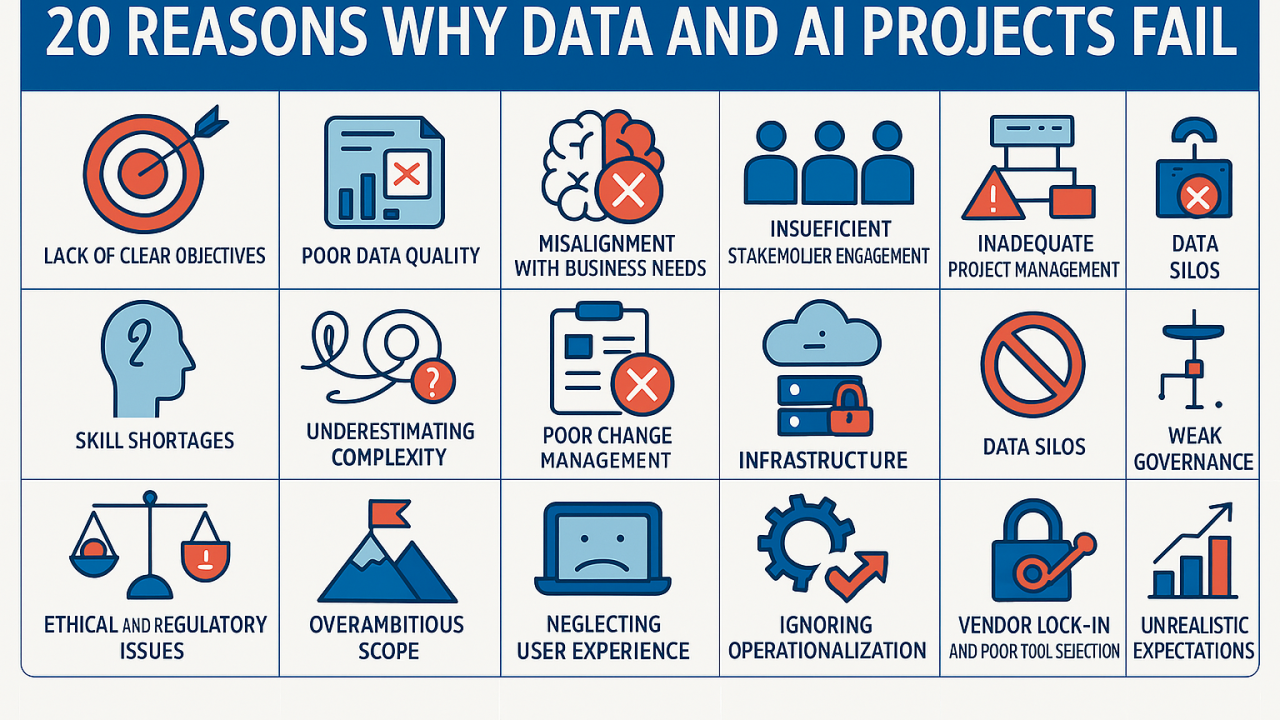

Are you a Prompt Engineer? Discover what it is really about.

Prompt Engineering: From Pretty Words to Reliable AI Automation
Prompt engineering isn’t about crafting magical sentences to charm AI models into producing impressive text (what you do every day with ChatGPT). At its heart, it’s a rigorous engineering discipline, crucial for building dependable AI-powered workflows. This article demystifies prompt engineering, outlining its practical applications, the necessary skills, common pitfalls, and best practices for integration within automated systems.
Prompt Engineering: An Engineering Discipline
It’s a misconception that eloquent prompts yield superior AI outputs. Prompt engineering requires understanding how AI models—such as ChatGPT-4 VS GPT 3.5, VS DeepSeek R1 etc… predict responses based on learned patterns rather than logical reasoning. Successful prompt engineering means strategically phrasing requests to match patterns familiar to the model, emphasizing technical clarity over linguistic flair.
Reliable Automation through AI Prompts
Well-engineered prompts transform generative AI from conversation partners into robust automation tools. Consider Zapier integrations, where actions in one app trigger AI-generated tasks in another, such as drafting emails in Gmail automatically. Effective prompts reliably handle dynamic data and edge cases, ensuring stable, repeatable outcomes in business processes. You want to prevent AI hallucinations at all cost for example when interacting with customers.
From No-Code to Custom Workflows
Prompt engineering spans from accessible no-code solutions (e.g., Zapier workflows for simple automations) to complex, custom-coded integrations. For advanced applications, such as internal customer support systems, prompt engineering intersects with software development. Techniques like retrieval-augmented generation or multi-step prompting require meticulous design and software integration, highlighting prompt engineering as a key part of broader software architecture.
Essential Skills for Prompt Engineers
Effective prompt engineering demands more than good writing skills. Engineers must understand AI model mechanics, data structures, tokenization, and common limitations. Prompt engineering involves systematic experimentation, rigorous testing, and iterative refinement to manage inconsistencies and edge cases. Engineers also need to anticipate and handle variability in AI outputs, ensuring reliability and robustness. You often seen Prompt engineers use the Python programming language to finetune complex AI/Database integrations to make sure the output is trustable.
Common Pitfalls and Challenges
Several common challenges arise in prompt engineering:
Adapting to Different AI Platforms
Prompt engineering varies significantly across platforms:
Engineers must tailor prompts to each platform’s strengths, constraints, and behaviors.
Prompting vs. Scripting vs. Fine-Tuning
Selecting the right approach is key:
Many successful systems integrate prompting with scripting or fine-tuning, leveraging each method’s strengths.
Conclusion: Key Takeaways
Prompt engineering is fundamentally about designing reliable AI-driven systems rather than crafting elegant prose. Key best practices include:
By embracing prompt engineering as an essential engineering discipline, organizations can reliably integrate AI into transformative workflows, enhancing both efficiency and capability.
Imagine a product that requires:
- A “public” AI as ChatGPT 4.5 to builds a large analysis that is to complex or too expensive to be used by 1 million customers.
- So you use a single output from GPT4.5 Deepresearch to be then simplified by ChatGPT3.5 (much less expensive and faster).
- That output will be applied to an internal database that cannot be in a public cloud so you use DeepSeek on premise…
So, how do you start building this automation? You get a prompt engineer…
I hope you know see that prompt engineering is not about making the best cover letter for your next job application to become a prompt engineer.
#PromptEngineering #AITools #AIAutomation #NoCodeAI #LLM #AIIntegration #TechLeadership #SoftwareEngineering #AIWorkflows #DigitalTransformation
Expert analysis on data, cloud, and change management.
.png)
Explore proven strategies for effective data governance, compliance, and architecture in modern enterprises.

Frustration has always been very high with BI solutions. breaking models and dashboards has always been an issue. It often required to prevent end users to create what ever they wanted for governance sake.

Avoid AI an Data failure, learn from other company's mistakes
Expert guidance for seamless cloud and data transitions. Unlock value, ensure compliance, and lead with confidence.